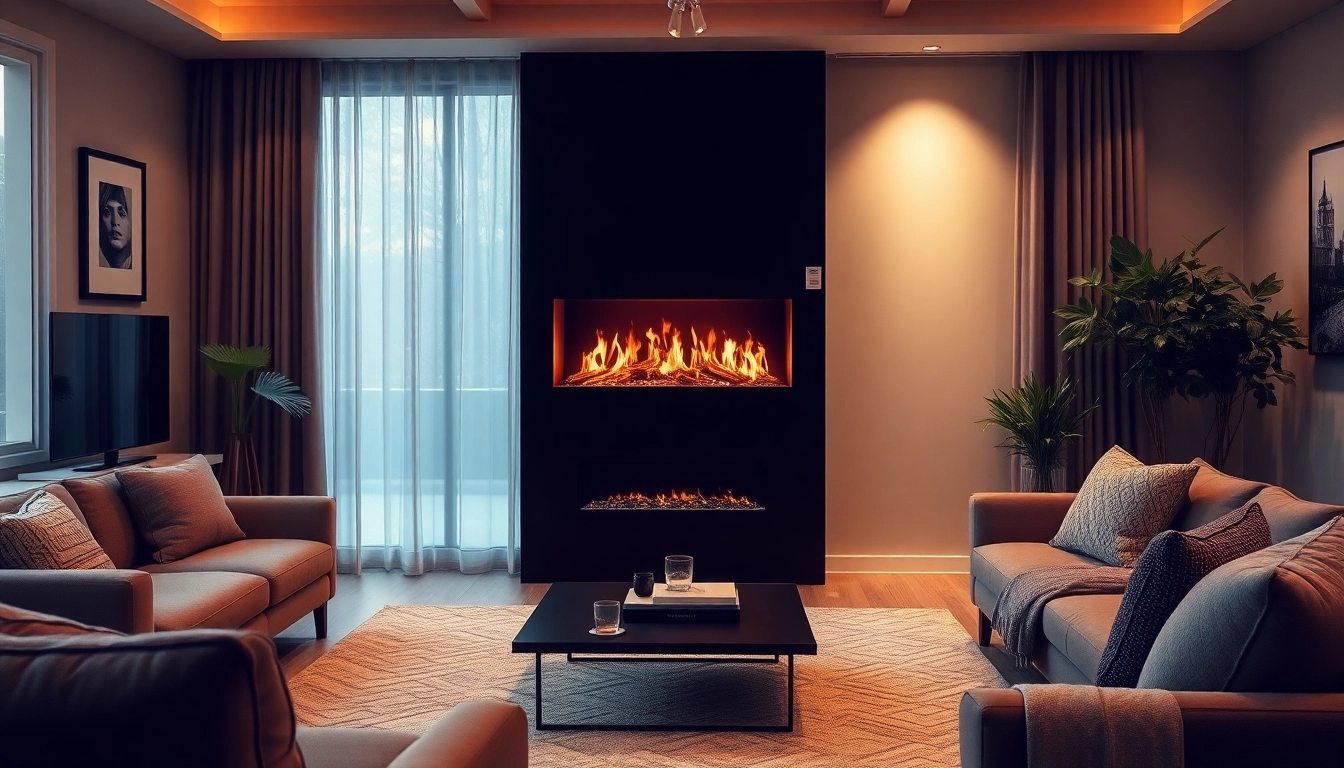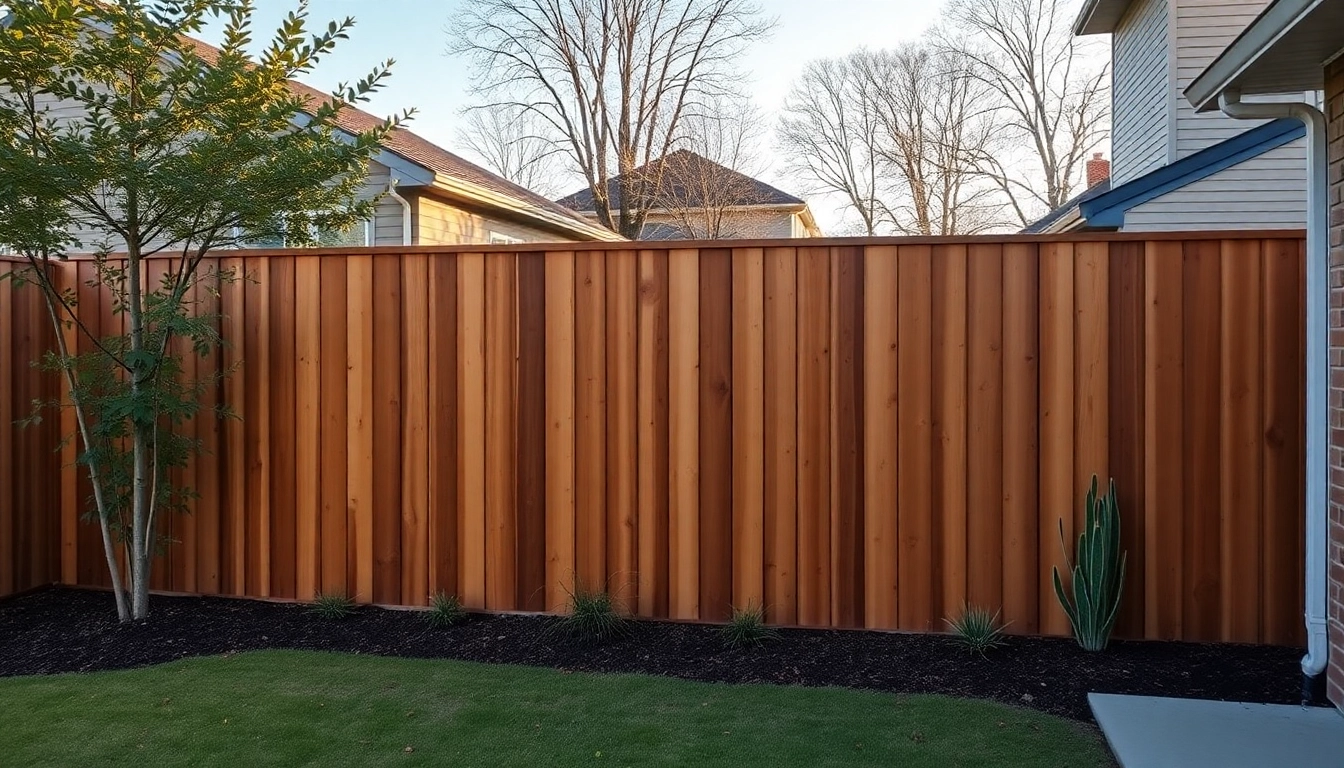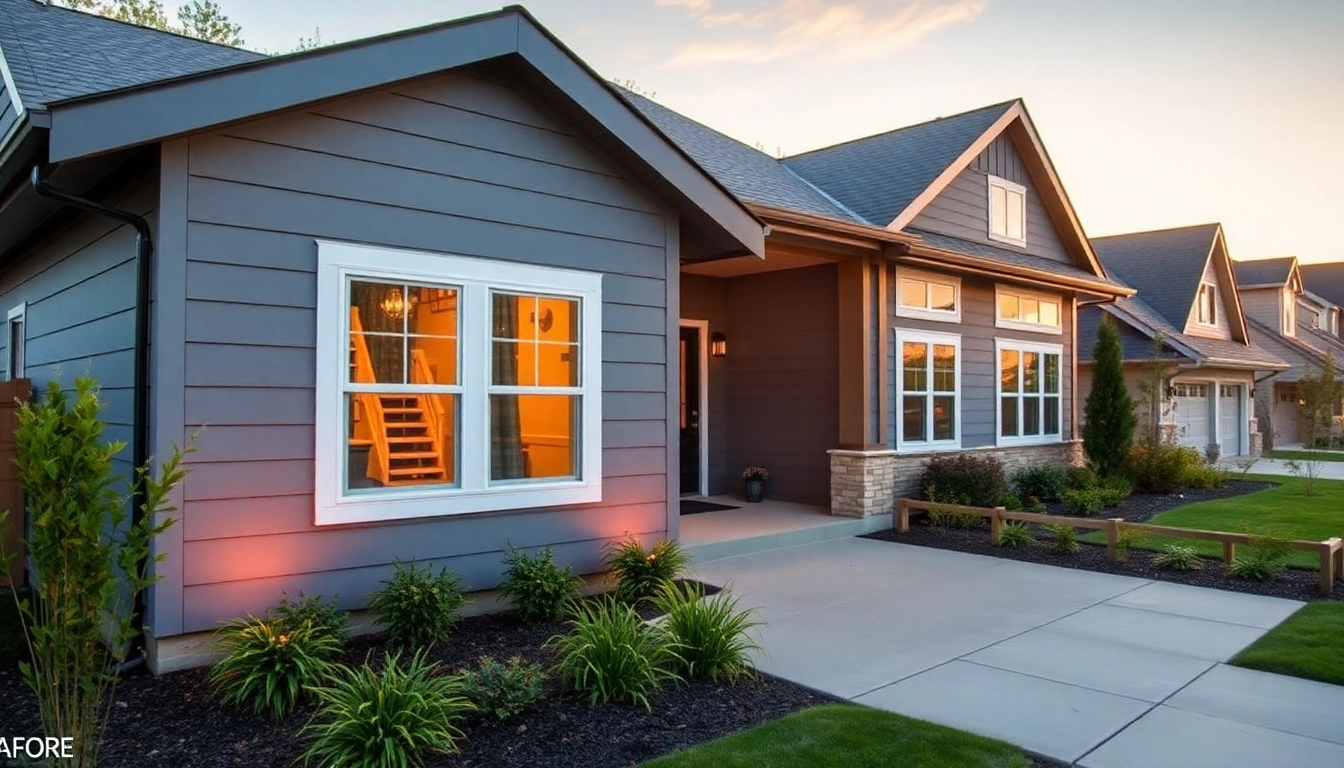Introduction to Decorative Wood in Interior Design
In the realm of interior design, decorative wood stands out as a timeless and versatile material that can transform any space. Whether it’s through accent walls, flooring, or furniture, incorporating wood adds warmth, texture, and a touch of nature to the environment. This guide will explore the various aspects of decorative wood, its benefits, applications in modern design, and practical tips on maintaining its beauty. As you dive deeper, you may discover how to enhance your living area or office with decorative wood, creating an inviting atmosphere that resonates with style and sophistication.
Understanding Decorative Wood and Its Benefits
Decorative wood refers to various types of wood used primarily for aesthetic purposes in interior design. Unlike structural wood, which provides support, decorative wood is selected for its visual appeal and ability to enhance a space. Its benefits are numerous:
- Aesthetic Appeal: Wood comes in various finishes, grains, and colors, offering endless design possibilities. From rich mahogany to light maple, the choice can reflect personal style and harmonize with existing décor.
- Acoustic Properties: Decorative wood panels can help in sound absorption, making them ideal for spaces where acoustics are essential, such as studios and conference rooms.
- Durability: When properly maintained, wood can last for decades, making it a long-lasting investment.
- Eco-Friendly Options: Many manufacturers now offer sustainably sourced wood, preserving forests while providing beautiful décor.
Popular Uses of Decorative Wood in Modern Spaces
Decorative wood is incredibly flexible and can appear in various forms across residential and commercial settings. Some popular uses include:
- Accent Walls: Wood panels or slats create stunning focal points in living rooms, bedrooms, or dining spaces. They provide depth and texture that paint simply cannot offer.
- Ceilings: Wooden ceilings can introduce warmth and intimacy, making large spaces feel cozier. They can also enhance acoustics, essential in home theaters or busy offices.
- Furniture: Unique wooden furniture pieces, whether crafted from reclaimed wood or high-end varieties, serve as striking conversation starters while offering functionality.
- Cabinetry: In kitchens and bathrooms, decorative wood cabinetry adds a touch of elegance while providing essential storage solutions.
Key Design Principles to Consider
When incorporating decorative wood into your interiors, adhering to certain design principles can ensure that the wood harmonizes with the overall aesthetic. Here are some essential considerations:
- Balance: Wood can be visually heavy; balance it with lighter elements like fabrics, metals, or glass. This ensures a well-rounded look that is pleasing to the eye.
- Contrast: Utilize contrasting colors and textures. For example, pairing dark wood with light furnishings can create drama and contrast, enhancing the visual interest.
- Proportion: Consider the size of the space. In smaller rooms, using large pieces or dark wood can overwhelm the area. Instead, opt for lighter wood finishes or accents.
- Theme: Ensure that the type of wood and its finish aligns with your overall design theme, whether it be rustic, modern, traditional, or eclectic.
Types of Decorative Wood Finishes
The finish of the wood plays a critical role in both its appearance and durability. Understanding different finishes can help you choose the right one for your decorative wood elements.
Natural Wood vs. Engineered Wood Options
When selecting decorative wood, one needs to decide between natural wood and engineered wood options.
- Natural Wood: This option offers authentic grain pattern and texture, providing a unique look for each piece. However, it can be more expensive and requires proper maintenance to prevent warping or cracking.
- Engineered Wood: Comprising layers of wood and adhesives, engineered wood provides stability and resistance to moisture. It mimics the look of natural wood effectively and is often more cost-efficient than solid wood.
Eco-Friendly Finishing Techniques
In recent years, the importance of sustainability has surged, leading to increased interest in eco-friendly finishes for decorative wood. These techniques minimize environmental impact while maintaining aesthetics.
- Low-VOC Finishes: Unlike traditional finishes, low-VOC (volatile organic compound) products emit fewer harmful chemicals, making them better for indoor air quality.
- Natural Oils and Waxes: These options can enhance the wood’s natural beauty without altering its character. They are biodegradable and safer for the environment.
- Water-Based Finishes: Offering excellent durability and quick drying times, water-based finishes are a sustainable alternative to solvent-based options.
Choosing the Right Finish for Your Style
Selecting a finish is not merely about aesthetics; it involves considering the function and maintenance of the wood. Here are some tips for choosing the right finish:
- Glossy vs. Matte: Glossy finishes reflect more light, creating a more modern look, while matte finishes can offer a traditional warmth. Choose based on your design theme.
- Color Stain: Stains can alter the wood’s natural color and enhance grain patterns. Consider whether you wish to highlight or transform the wood’s original hue.
- Durability Needs: For high-traffic areas, choose a tougher finish that can withstand wear and tear, such as polyurethane or conversion varnish.
Installation Techniques for Decorative Wood
Beyond selection, the installation of decorative wood panels significantly influences the end result. Whether tackling a DIY project or hiring professionals, understanding installation techniques is essential.
Preparing Your Walls for Installation
Before installation, proper wall preparation is crucial to ensure the longevity of decorative wood:
- Surface Cleaning: Ensure the wall surface is free of dust, grease, and debris to allow for better adhesion.
- Wall Conditioning: In some cases, conditioning the wall to adjust its moisture levels can prevent future complications.
- Measuring and Planning: Accurate measurements will help in planning the layout and ensuring optimal use of materials.
DIY vs. Professional Installation Choices
A decision needs to be made between a DIY approach and hiring professionals. Both options have pros and cons:
- DIY Installation: This approach is often more budget-friendly, allowing for personal customization and involvement. However, the process can be time-consuming and may require specific tools and skills.
- Professional Installation: While it requires an investment, professional installation ensures a flawless finish and can save you time, especially for complex layouts or larger projects.
Step-by-Step Guide to Installing Decorative Wood Panels
If you choose to undertake a DIY installation, here is a simplified step-by-step guide:
- Gather Materials: Ensure you have all necessary materials: wood panels, adhesive or nails, a saw, measuring tape, and level.
- Plan Layout: Lay out the panels on the floor to visualize the placement before attaching them to the wall.
- Cut Panels to Size: If necessary, cut the panels to fit your wall space, being careful to measure accurately to avoid wasted materials.
- Attach Panels: Begin at the bottom of the wall and work your way up. Use adhesive for a clean finish or nails for additional support, depending on your preference.
- Finalize Installation: Once all panels are in place, inspect for any gaps and apply caulk as needed for a seamless look.
Styling Tips for Maximizing Impact
To fully capitalize on the beauty of decorative wood in your space, implementing thoughtful styling can greatly enhance its impact.
Complementary Furniture and Accessories
When designing around decorative wood, selecting complementary furnishings is key. Consider these tips:
- Color Coordination: Opt for furniture in colors that match or complement the wood finish. Neutral tones often work well, allowing the wood to be the star.
- Match Materials: Incorporate different materials that harmonize well with wood, such as leather, metal, or natural fibers.
- Varied Textures: Introduce texture to create visual interest. Combine smooth surfaces with rougher textiles or accessories.
Color Schemes that Enhance Decorative Wood Features
Choosing the right color scheme can elevate your decorative wood accents:
- Monochromatic Palettes: Using varying shades of the same color can create a cohesive look that emphasizes the beauty of wood.
- Accent Colors: Introduce bright accent colors through pillows, art, or décor items to create a vibrant and inviting space.
- Natural Tones: Soft earth tones combined with natural wood shades can create a calming, organic feel.
Creating a Cohesive Design Theme
For a harmonious and well-designed space, integrating decorative wood successfully requires thoughtful planning and consistency across the design:
- Theme Consistency: Choose a design theme—such as modern, rustic, or transitional—and ensure all elements, including colors, materials, and furnishings, align with this theme.
- Layering Elements: Layering decorative wood with other materials can enhance depth and interest; for example, pairing wooden features with glass tables or metal fixtures.
- Personal Touch: Incorporate personal items such as artwork or family heirlooms that resonate with your sense of style, making the space uniquely yours.
Maintenance and Care for Decorative Wood
To preserve the beauty and durability of decorative wood, regular maintenance is essential. Here are some practical tips for keeping your wood panels looking their best.
Regular Cleaning Practices to Preserve Finish
Proper cleaning can significantly extend the life of your decorative wood:
- Dusting: Regularly dust wooden surfaces with a soft, dry cloth to prevent debris buildup that can scratch the finish.
- Wipe Spills: Immediately wipe up any spills with a soft, damp cloth—avoiding excess moisture to prevent warping.
- Occasional Deep Cleaning: For deeper cleaning, utilize a wood-specific cleaner that will not harm the finish, following the manufacturer’s instructions.
Repairing Common Issues with Wood Panels
Over time, decorative wood may experience wear and damage. Here are common issues and how to address them:
- Scratches: Minor scratches can often be buffed out using a soft cloth or can be concealed with a wood marker that matches the finish.
- Dents: Small dents can be repaired using steam. Simply place a damp cloth over the dent and use an iron to apply heat; the wood should swell and fill the dent.
- Gaps and Cracks: Fill gaps with wood filler, following up with sanding and staining for a seamless look.
Long-Term Care Tips for Longevity
In addition to regular cleaning and minor repairs, consider these long-term care strategies:
- Temperature Control: Maintain consistent indoor humidity and temperature levels to prevent wood from expanding or contracting excessively.
- Furniture Pads: Use felt pads under furniture to avoid scratches on wood panels.
- Refinishing: Over time, decorative wood may need to be refinished. A professional can strip and reapply stain or finish, restoring the panel’s original beauty.



